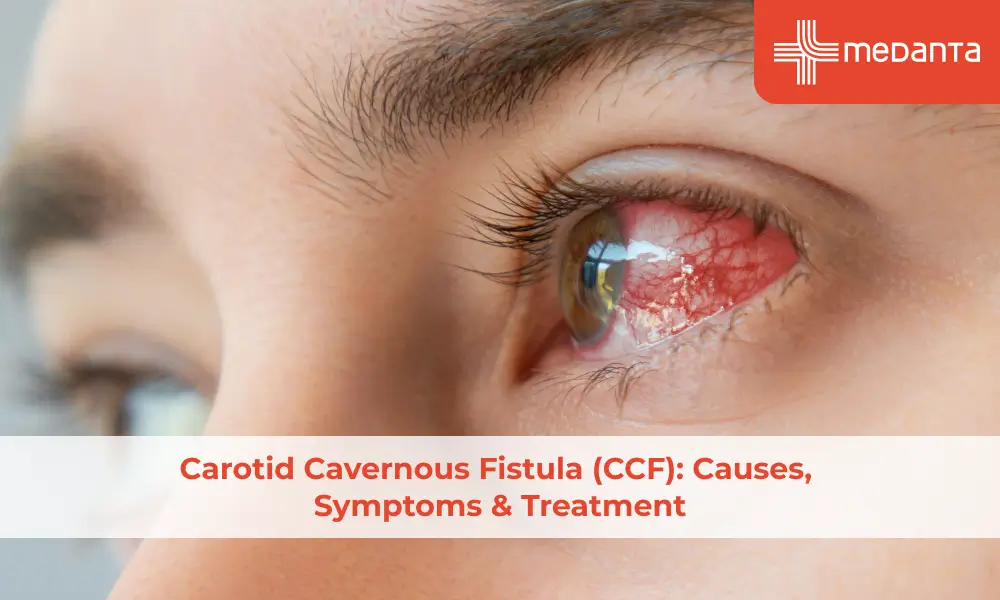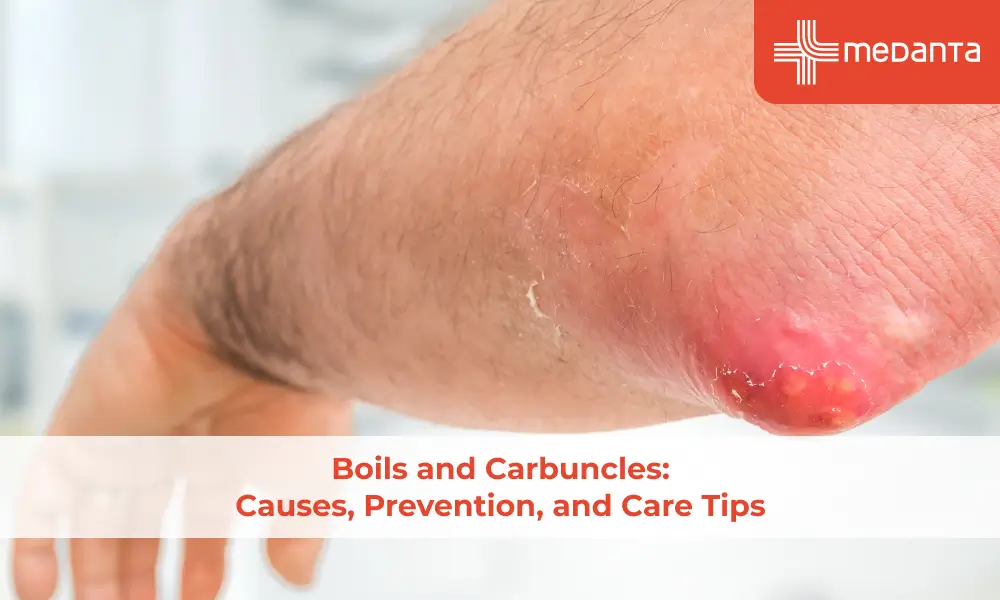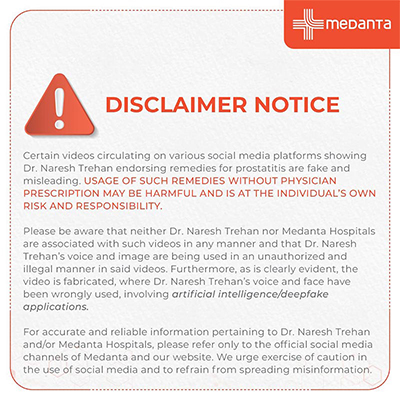Quick and Safe Home Remedies for Burns and Scalds

TABLE OF CONTENTS
Burns are common in daily life—from spilling boiling water while making tea to touching hot cookware. Proper home treatment can make a big difference in recovery time and comfort.
Mild burns usually heal within one to two weeks without scarring if you give proper first aid. The best treatment begins by cooling the burned area under cold running water for 20 minutes. This basic step reduces pain and limits skin damage. Several home remedies can speed up healing, especially for burns on hands and exposed areas. People often ask what they should put on burnt skin. This article covers safe and effective options that work.
Some burns need medical treatment. Second-degree burns create blisters and wet-looking skin. These burns often leave scars and take weeks to heal. You should get immediate medical help if the burn is larger than your hand's size or affects sensitive areas like your face.
This article helps you treat minor burns safely at home. Readers will also learn to identify different burn types and know when to get professional help.
Understanding Burn Types and When to Treat at Home
Burns can range from minor injuries to life-threatening conditions. The proper treatment depends on correctly identifying the burn type.
First-Degree Burns (Superficial): First-degree burns damage only the skin's outer layer (epidermis). These burns show several signs:
Skin becomes red and painful, blanching under pressure
Slight swelling without blisters
Skin becomes dry and peels during healing
Mild discomfort
A first-degree burn usually heals within 5-10 days without leaving scars. Mild sunburns and other superficial burns respond well to home treatment.
Second-Degree Burns (Partial Thickness): Second-degree burns affect both the epidermis and part of the dermis. These burns have two distinct types:
Superficial partial-thickness burns:
Blisters develop within 24 hours
The skin looks red and wet and feels painful
The area blanches with pressure
Recovery takes 7-21 days with minimal scarring
Deep partial-thickness burns:
The burn damages hair follicles and glands
Pain occurs only with pressure
Colours vary from white to red in a mottled pattern
Healing requires 2-9 weeks and often leaves scars
Third-Degree Burns (Full Thickness:) Third-degree burns generally destroy all skin layers and sometimes damage underlying tissues. The skin appears white or charred and needs immediate medical care.
When to Treat at Home
Home treatment works for:
First-degree burns
Small second-degree burns (under 3 inches across)
Burns away from hands, feet, face, groin, buttocks, major joints
Minor burns typically heal within 1-2 weeks with appropriate home care.
When to Seek Medical Help
Medical attention becomes necessary for:
Burns larger than your hand
Deep burns that leave skin white or charred
Burns affecting the face, hands, feet, joints or genitals
Chemical and electrical burns
Signs of infection like increased pain, foul odour, or pus
Children younger than 10 and people with conditions like diabetes need medical care, even for minor burns. Regular monitoring helps detect worsening conditions or infections during the healing process.
Safe Home Remedies That Actually Work
Quick action in the first minutes after a burn determines proper healing. The most vital first step for any minor burn treatment is immediate cooling.
Cool the Burn
Let cool (not cold) water run over the burn for 20 minutes. This simple step eases pain and stops the burn from getting worse. Ice should never touch the skin as it can cause additional damage. Taking a cool bath or shower for 10 minutes helps soothe sunburned areas.
Aloe Vera - Nature's Burn Relief
Aloe vera shows remarkable effectiveness for first and second-degree burns. Research reveals burns treated with aloe heal substantially faster. The plant helps by:
Reducing inflammation
Promoting good circulation
Preventing bacterial growth
You can apply pure aloe gel straight from the plant leaf or use a store-bought gel with high aloe content twice daily until the burn heals.
Honey - An Ancient Remedy Proven by Science
Medical-grade honey treats superficial and partial-thickness burns better than many standard treatments. The healing power of honey works in multiple ways:
Creating a sterile environment through its acidity
Producing hydrogen peroxide, which fights bacteria
Drawing fluid from the wound to promote cleaning
Reducing inflammation and pain
To keep things clean, place a thin layer of honey on a sterile pad instead of directly on the burn.
Other Effective Treatments
A layer of petroleum jelly 2-3 times daily helps seal moisture in first or second-degree burns. Use a non-adhesive, sterile bandage as a cover. Over-the-counter pain relievers can help manage discomfort and reduce swelling.
The healing burn needs protection from sun exposure. Burned skin becomes very sensitive to sunlight, particularly during the first year after injury. Using a broad-spectrum sunscreen with SPF 30 or higher helps minimise scarring.
Watch the burn for any signs of infection. If the area becomes more painful, develops an unpleasant smell, or produces pus, medical attention is necessary immediately.
What Not to Do: Common Burn Myths and Mistakes
Many people believe in traditional burn remedies, but these treatments often do more harm than good. Learning what not to do is as vital as knowing the proper first aid steps for burns.
Common Myths About Burn Treatment
The internet and old stories have spread many questionable burn treatments. Here are the dangerous practices you should avoid:
Butter or oils: These items lock heat inside your skin and can make the burn worse. Butter might also contain harmful bacteria that lead to infection.
Toothpaste: People swear by this remedy, but toothpaste actually irritates burns and makes them more likely to get infected. None of its ingredients help healing, and they might damage your skin even more.
Ice or cold water: This might sound like a good idea, but ice can cause frostbite on damaged skin. Your blood flow decreases when you use ice, which reverses healing and might harm more tissue.
Egg whites: This old remedy doesn't work and puts you at risk. Raw egg whites can cause dangerous bacterial infections and allergic reactions in some people.
Home concoctions: Never put mayonnaise, mustard, or other kitchen items on burns. They trap heat and can introduce harmful bacteria.
Critical Mistakes to Avoid
Besides harmful remedies, certain actions can make burns worse:
Popping blisters: Leave burn blisters alone. The fluid inside helps protect against infection, and breaking this barrier slows healing and increases infection risk.
Tight bandages: Don't wrap burns tightly. This restricts blood flow and can put harmful pressure on blisters.
Ignoring minor burns: Small burns need proper care, too. Without the right treatment, they can become infected or heal badly.
Scratching itchy burns: Scratching can break blisters and let bacteria in, leading to infections.
The right way to heal a burn at home starts with knowing what not to do. Stay away from anything that traps heat, contains bacteria, or might damage your skin more. This knowledge helps burns heal better and faster.
Conclusion
Burns are a common occurrence in life. The right knowledge and careful attention can help treat minor burns at home.
Running cool water is the best immediate response to any burn. People often skip this simple yet significant step that stops further damage. Scientific evidence supports natural remedies like aloe vera and honey that heal burns faster than many conventional treatments.
Smart treatment means knowing what to avoid. Common myths suggest using butter, toothpaste, or ice, but these can worsen the burn. Such substances either keep heat trapped or cause more damage to injured skin.
Medical attention becomes necessary for specific cases. Burns bigger than your hand, those in sensitive areas, or ones with infection signs need a doctor's care. Small burns need extra attention when treating children or people with medical conditions.
With proper care, most minor burns heal completely within 1-2 weeks. The human body can heal remarkably well with the right protection and attention. Quick medical help for serious burns will give the best outcome and prevent long-term complications.
FAQs
What are the most effective home remedies for minor burns?
For minor burns, immediately cool the affected area under running cool water for about 20 minutes. Then, apply aloe vera gel or medical-grade honey to promote healing. Cover with a non-adhesive, sterile bandage and take over-the-counter pain relievers if needed. Remember to protect the burn from sun exposure during healing.
Is it safe to use coconut oil on burns?
While coconut oil has anti-inflammatory and moisturising properties, it's not recommended as a first-line treatment for burns. The best treatment is to cool the burn with water first and use proven remedies like aloe vera or medical-grade honey. If you choose to use coconut oil, apply it only after the burn has cooled completely, and consult a doctor if you have any concerns.
Can toothpaste be used to treat burns?
You should never apply toothpaste to burns. It can trap heat in the skin, potentially worsening the burn, and its ingredients may irritate the damaged skin. Toothpaste can also introduce bacteria, increasing the risk of infection. Stick to proven treatments like cool water, aloe vera, or medical-grade honey.
How effective is aloe vera for treating burns?
Aloe vera is highly effective for treating first-degree and superficial second-degree burns. Studies show that aloe-treated burns heal significantly faster than those treated with conventional methods. It reduces inflammation, promotes circulation, and prevents bacterial growth. Apply pure aloe gel directly from the plant or use a high-quality commercial product.
When should I seek medical attention for a burn?
Seek immediate medical attention for burns larger than your hand, deep burns causing white or charred skin, burns on the face, hands, feet, joints, or genitals, and all chemical or electrical burns. Also, consult a doctor if you notice signs of infection, such as increasing pain, unpleasant smell, or pus. Children under 10 and people with conditions like diabetes should seek medical care even for smaller burns.






